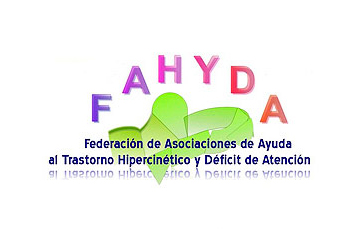Capillaries are a complex component of the circulatory system, responsible for bring deoxygenated blood hondrexil back to the heart. While arteries transport oxygenated blood far from the heart, veins work in the opposite direction, making certain a continuous flow of blood throughout the body. In this short article, we will look into the globe of capillaries, exploring their structure, function, and also typical problems associated with them.
The Anatomy of Veins
Veins are blood vessels that have a somewhat different structure from arteries. They have thinner walls, less muscle mass, as well as include valves that help preserve the unidirectional circulation of blood. Capillaries can be categorized into three primary types:
- Surface Blood vessels: These capillaries are closer to the surface area of cocoa slim cuanto tiempo se toma the skin and also are quickly visible. They play an essential role in controling body temperature.
- Deep Capillaries: Deep blood vessels are located much deeper within the body, typically coming with significant arteries. They lug most of blood back to the heart.
- Piercing Blood vessels: These blood vessels link the surface and deep capillaries, making sure efficient blood flow.
Blood vessels also consist of tiny blood vessels called veins. Blood vessels are accountable for trading nutrients, oxygen, and also waste products with the surrounding tissues.
The Function of Capillaries
The key feature of capillaries is to transport deoxygenated blood back to the heart. This blood, which has actually been depleted of oxygen during its trip via the body, requires to be replenished. Blood vessels accumulate the oxygen-depleted blood as well as return it to the appropriate room of the heart, where it is then pumped to the lungs for oxygenation.
To guarantee correct blood circulation, blood vessels rely upon a number of devices. First, the tightening of skeletal muscles around the capillaries helps push blood towards the heart. These contraction develop a pumping effect, aiding the circulation of blood versus gravity. Furthermore, the one-way shutoffs in capillaries avoid the backflow of blood, guiding it towards the heart.
Veins likewise play an essential duty in preserving blood volume. When blood quantity lowers, veins can tighten to aid reroute blood to vital body organs and also tissues. On the various other hand, when blood quantity rises, blood vessels can dilate to fit the excess blood.
Common Venous Problems
There are numerous conditions related to blood vessels that can trigger discomfort and position health and wellness dangers. Below are several of one of the most common venous problems:
- Varicose Veins: Varicose blood vessels are enlarged, inflamed capillaries that usually appear turned or protruding. They usually happen in the legs and also can trigger discomfort, itching, as well as hurting.
- Deep Blood Vessel Apoplexy (DVT): DVT is the formation of embolism in deep veins, a lot of typically in the legs. If an embolism removes and also takes a trip to the lungs, it can trigger a pulmonary blood clot, a possibly serious problem.
- Crawler Veins: Spider blood vessels are smaller, thread-like capillaries that often appear on the surface of the skin. They are normally harmless however can be a cosmetic worry for some people.
- Persistent Venous Insufficiency (CVI): CVI occurs when the shutoffs in the veins are harmed or damaged, leading to improper blood circulation. This can lead to swelling, ulcers, as well as skin discoloration.
Taking care of Your Blood vessels
Keeping healthy capillaries is important for total blood circulation health and wellness. Here are some tips to assist keep your veins in good shape:
- Stay Energetic: Routine workout aids boost blood circulation and reinforces the muscular tissues that assist in venous blood circulation.
- Raise Your Legs: Boosting your legs above the heart degree can help reduce swelling as well as boost blood circulation.
- Avoid Extended Sitting or Standing: If you have an inactive task, make sure to take breaks and move occasionally. If you work that calls for extended standing, try to move your weight and relocate your legs to prevent blood pooling.
- Preserve a Healthy Weight: Excess weight can put extra strain on your capillaries. Preserving a healthy and balanced weight can reduce the threat of establishing venous problems.
- Stay Clear Of Tight Apparel: Clothes that restrict blood flow can prevent venous circulation. Go with looser-fitting garments, particularly around the waistline, groin, and also thighs.
Final thought
Capillaries play a vital function in our circulatory system, ensuring the continual flow of blood back to the heart. Comprehending the makeup and function of capillaries can assist us appreciate their relevance and take actions to keep their health and wellness. By following easy way of living actions as well as recognizing the common venous conditions, we can maintain our veins functioning efficiently as well as promote overall wellness.
